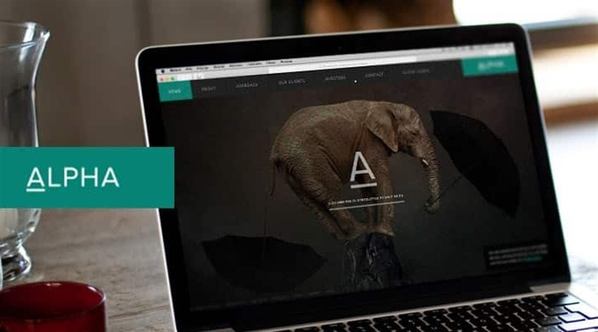
Treasury yields surged ahead of the Federal Open Market Committee decision, buoying the dollar against its Japanese peer, with traders fully priced for a first interest rate hike in three years, and giving 13% odds of a half-percentage point increase.
The dollar was also hovering near its highest level this month to the Aussie after commodity prices pulled back from multi-year peaks as markets stayed optimistic that Russia-Ukraine talks could lead to an end to hostilities.
Australias currency also came under pressure as top trade destination China saw new COVID cases more than doubling on Tuesday to a two-year high, raising concerns about the rising economic costs of its zero-tolerance policies to contain the disease.
Meanwhile, the euro continued its recovery from a plunge to a nearly 22-month low earlier this month.
That helped keep the dollar index stuck around 99.0, from as high as 99.415 at the start of last week.
“Whether its forlorn or otherwise, there does seem to be some enduring optimism (coming from) the fact that Russia and the Ukraine are still talking,” helping the euro to stabilise, said Ray Attrill, head of FX strategy at National Australia Bank.
For the greenback, “the bigger question will be that there is a lot of historical evidence that the dollar peaks as soon as the Fed commences the tightening cycle, so theres a lot of interest in whether what the Fed does turns out to be something of a watershed in terms of a peak,” with the dollar index topping out around 100, Attrill said.
The dollar index last stood at 98.880, down slightly from Tuesday. The euro ticked 0.14% higher to $1.09695, from a trough of $1.08060 on March 7.
The Aussie edged 0.08% higher to $0.72015, after dipping to $0.71650 in the previous session for the first time since Feb. 28.
The dollar traded at 118.21 yen after hitting 118.45 overnight, its strongest since January 2017.

